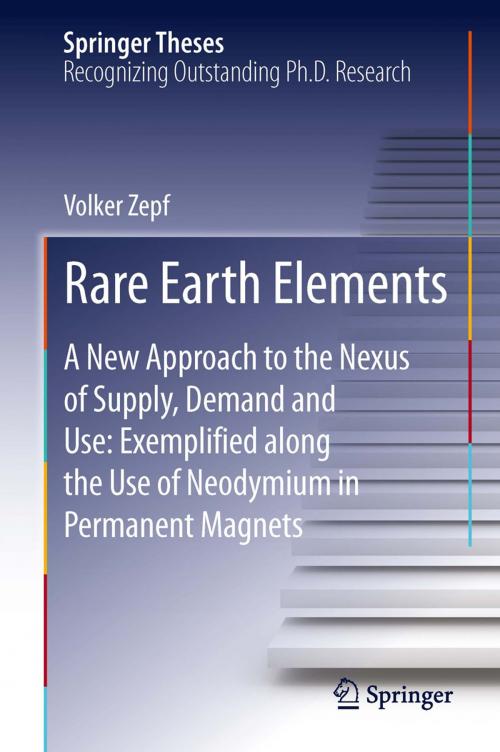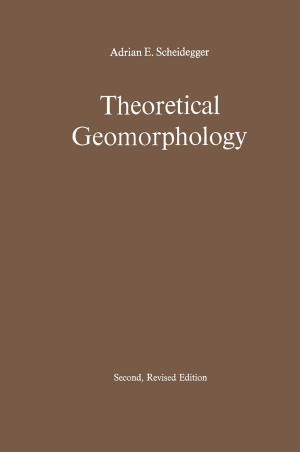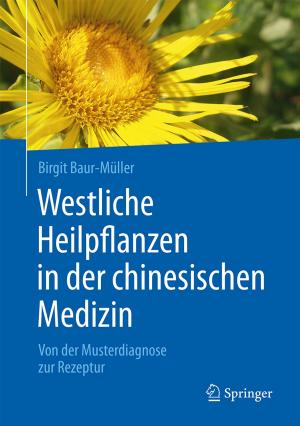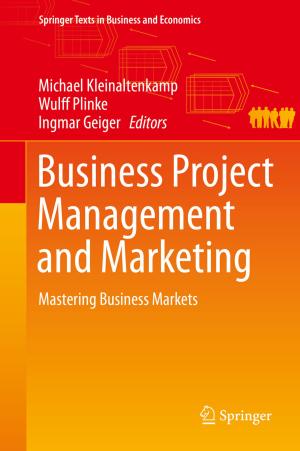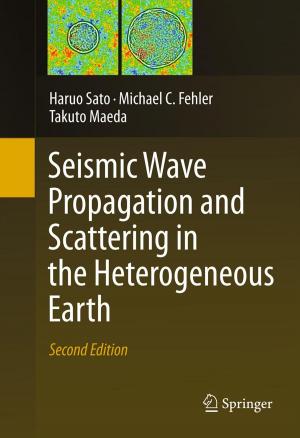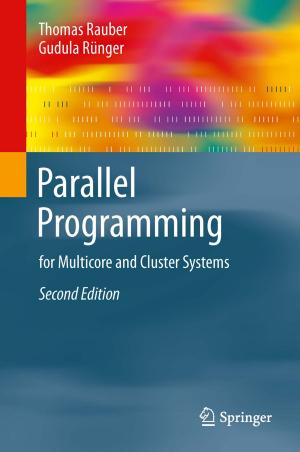Rare Earth Elements
A New Approach to the Nexus of Supply, Demand and Use: Exemplified along the Use of Neodymium in Permanent Magnets
Nonfiction, Science & Nature, Science, Earth Sciences, Mineralogy, Geography| Author: | Volker Zepf | ISBN: | 9783642354588 |
| Publisher: | Springer Berlin Heidelberg | Publication: | February 14, 2013 |
| Imprint: | Springer | Language: | English |
| Author: | Volker Zepf |
| ISBN: | 9783642354588 |
| Publisher: | Springer Berlin Heidelberg |
| Publication: | February 14, 2013 |
| Imprint: | Springer |
| Language: | English |
This thesis deals with Rare Earth Elements (REE), especially with neodymium used in permanent magnets, from a very scientific basis by providing basic research data. Despite the fact that REE are newsworthy and very important elements for a considerable bandwidth of todays’ technologies, accompanied by the monopolistic supply-situation and Chinese politics, there are inexplicable data discrepancies about REE which have been recognized frequently but usually have not been addressed accordingly. So this analysis started with the hypothesis that the four application areas, namely computer hard disk drives (HDD), mobile phones, wind turbines and e-mobility (automotive traction), account for about 80% of the global annual neodymium-demand. The research methodology was a laboratory analysis of the composition of used magnets for HDDs and mobile phones and a literature and official report analysis of wind turbine and automotive neodymium use. The result was amazing and the hypothesis had to be withdrawn as these four areas only account for about 20% of neodymium use. This result raises some questions concerning actual use and thus potential recycling options.
This thesis deals with Rare Earth Elements (REE), especially with neodymium used in permanent magnets, from a very scientific basis by providing basic research data. Despite the fact that REE are newsworthy and very important elements for a considerable bandwidth of todays’ technologies, accompanied by the monopolistic supply-situation and Chinese politics, there are inexplicable data discrepancies about REE which have been recognized frequently but usually have not been addressed accordingly. So this analysis started with the hypothesis that the four application areas, namely computer hard disk drives (HDD), mobile phones, wind turbines and e-mobility (automotive traction), account for about 80% of the global annual neodymium-demand. The research methodology was a laboratory analysis of the composition of used magnets for HDDs and mobile phones and a literature and official report analysis of wind turbine and automotive neodymium use. The result was amazing and the hypothesis had to be withdrawn as these four areas only account for about 20% of neodymium use. This result raises some questions concerning actual use and thus potential recycling options.
